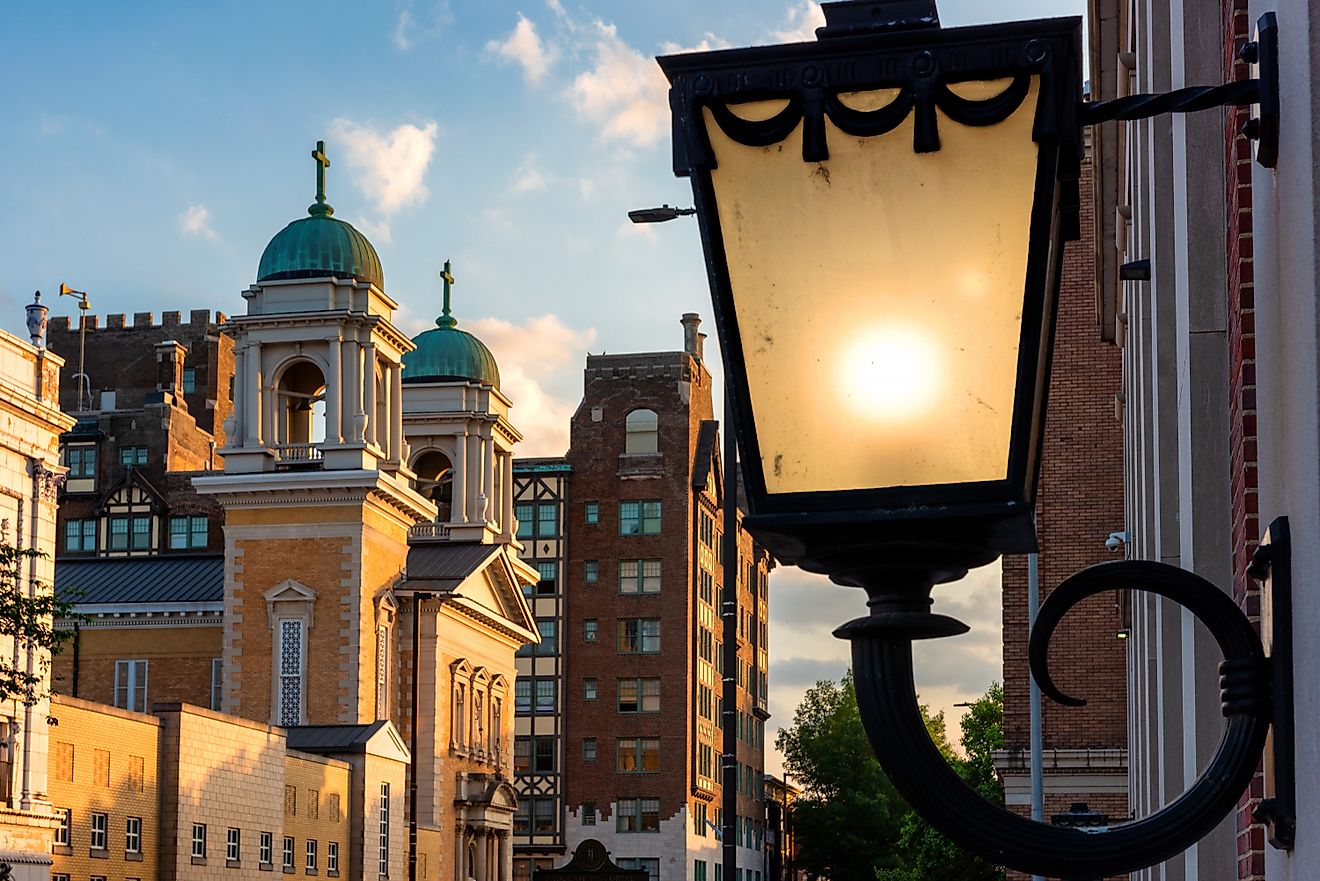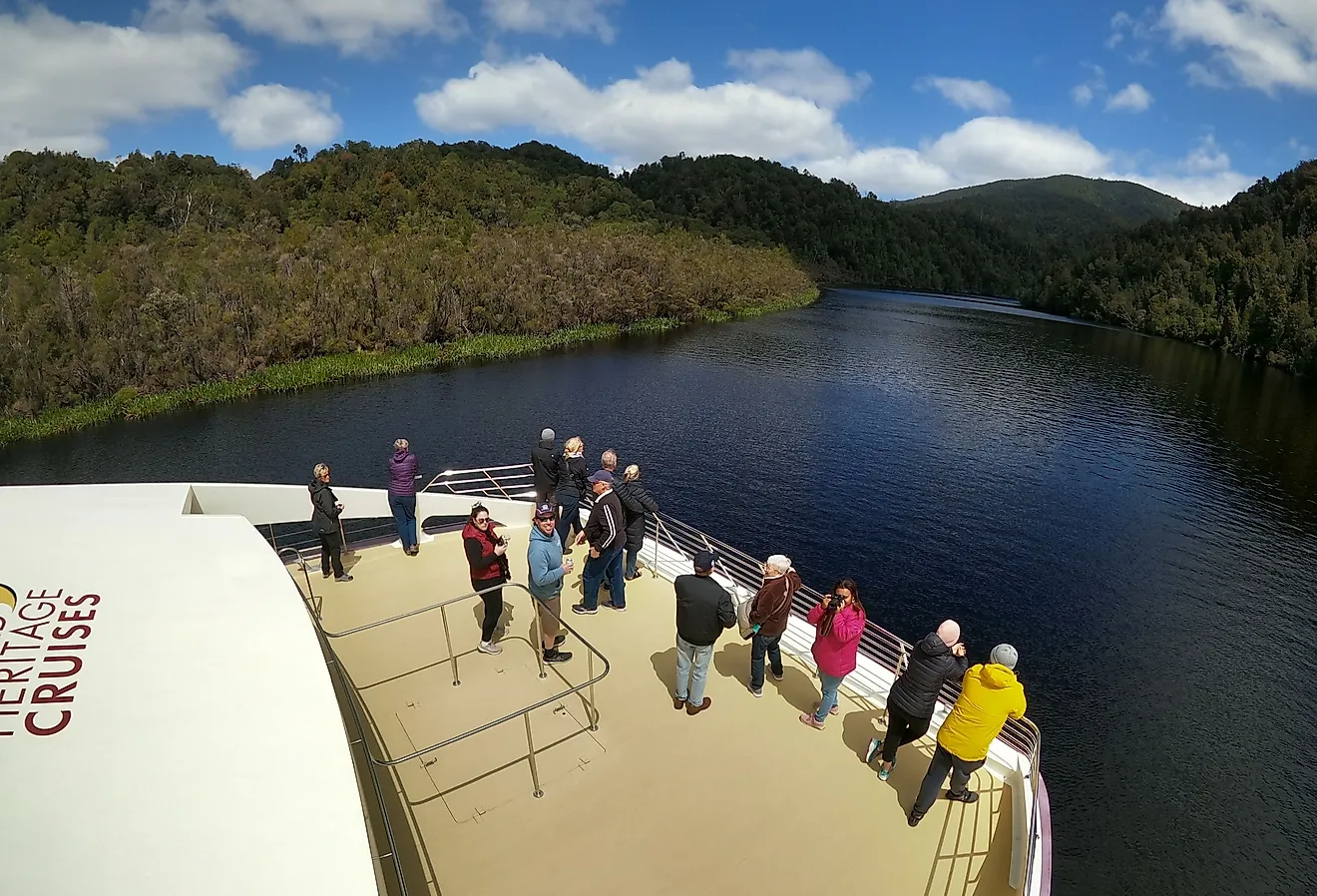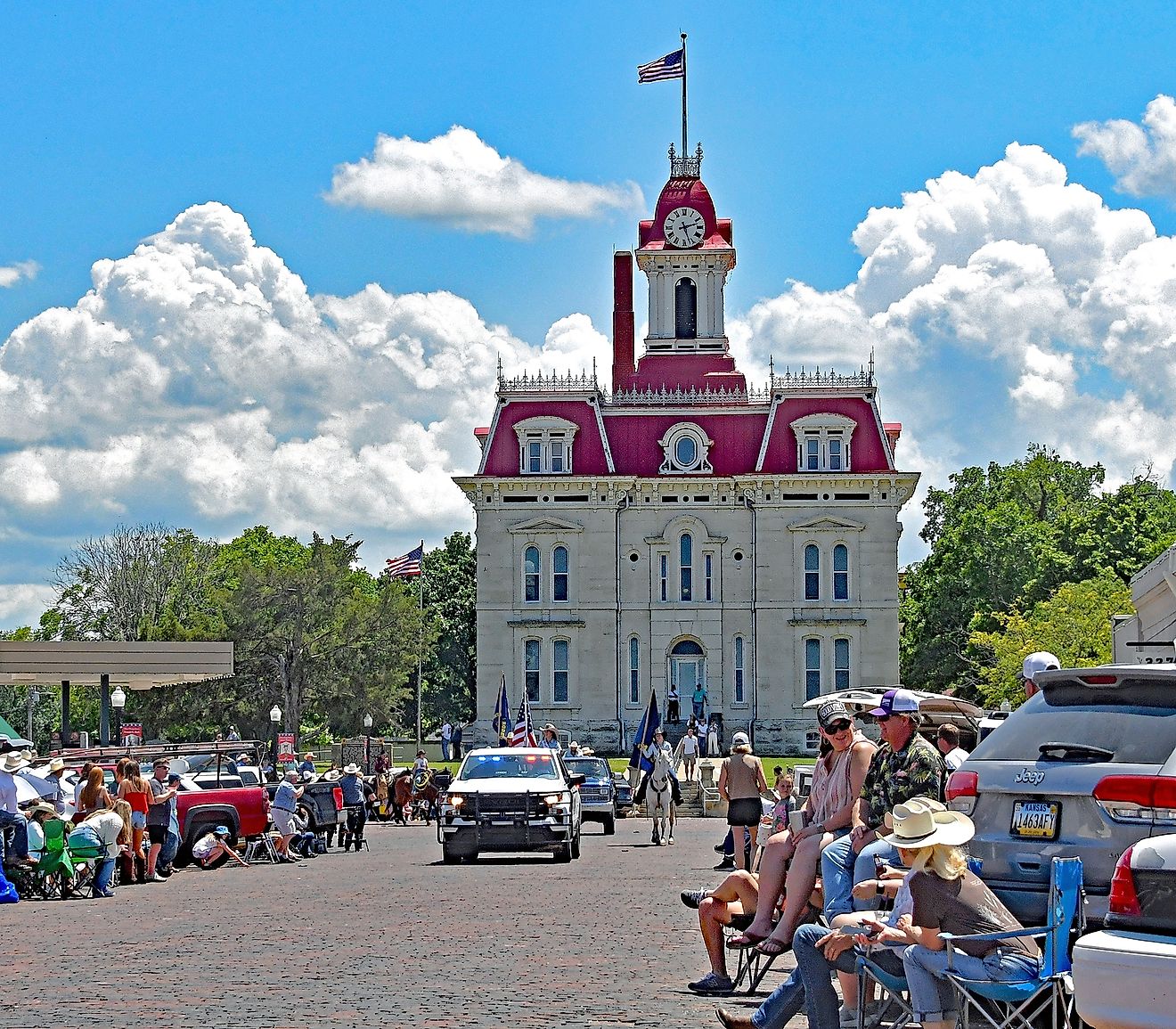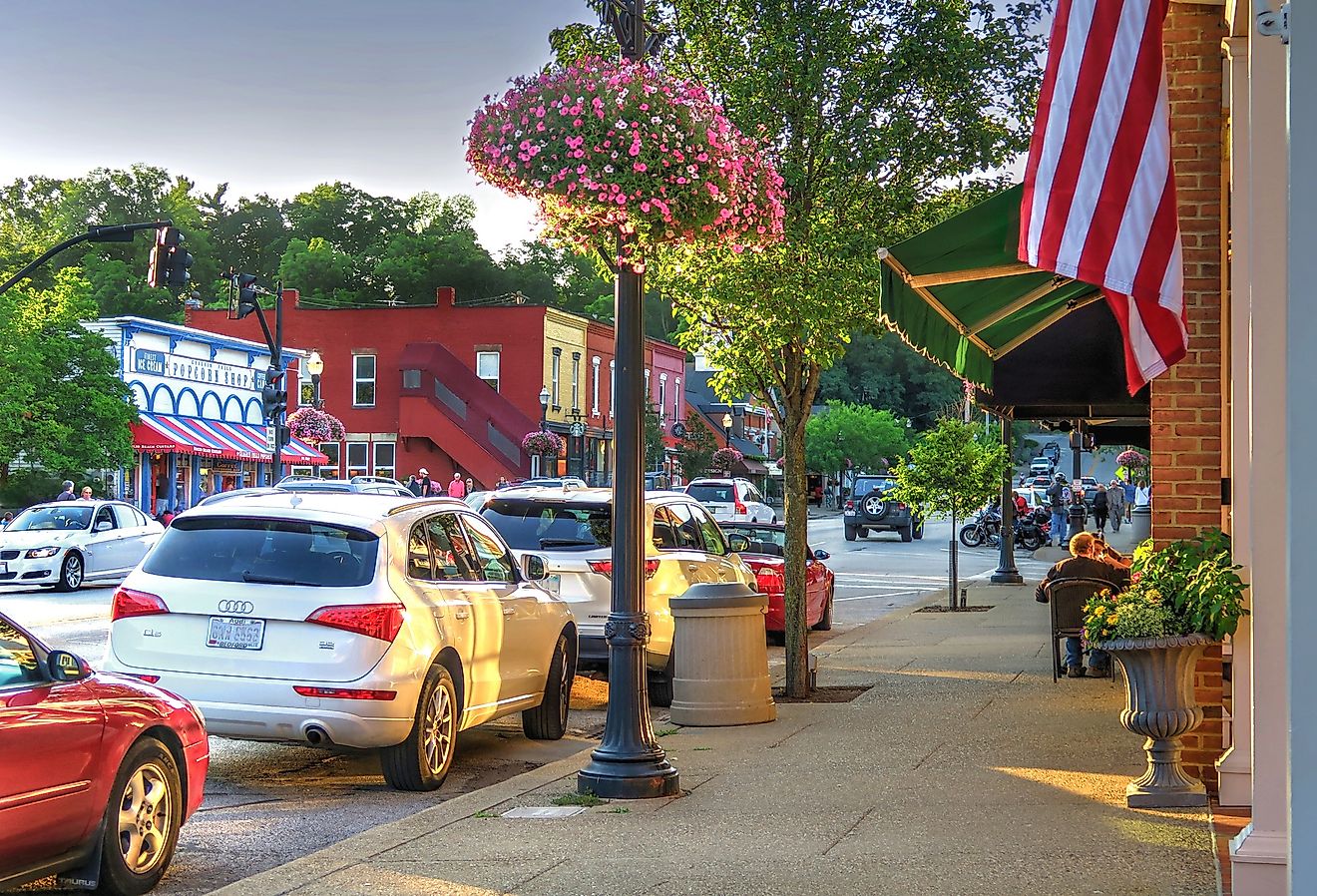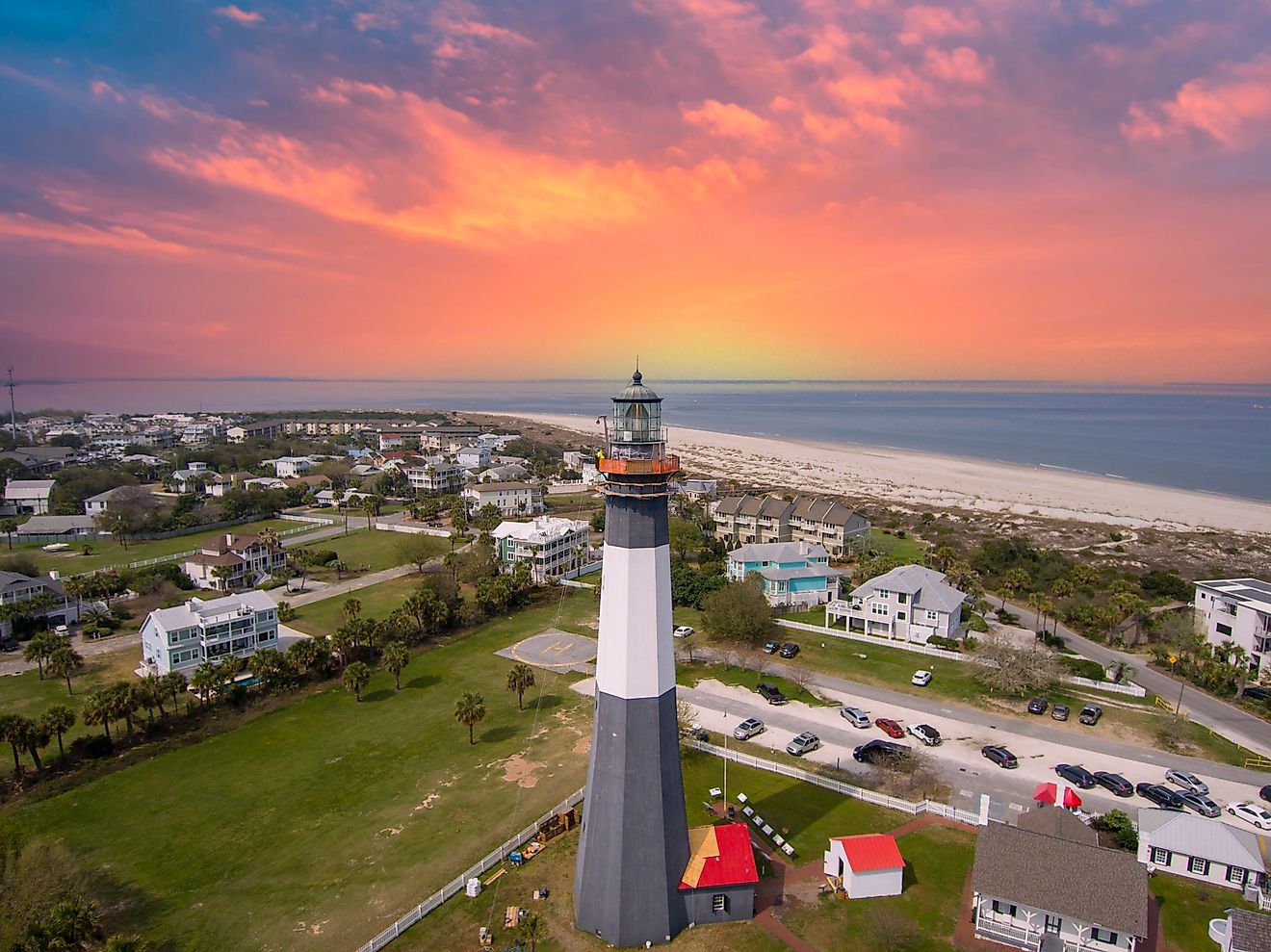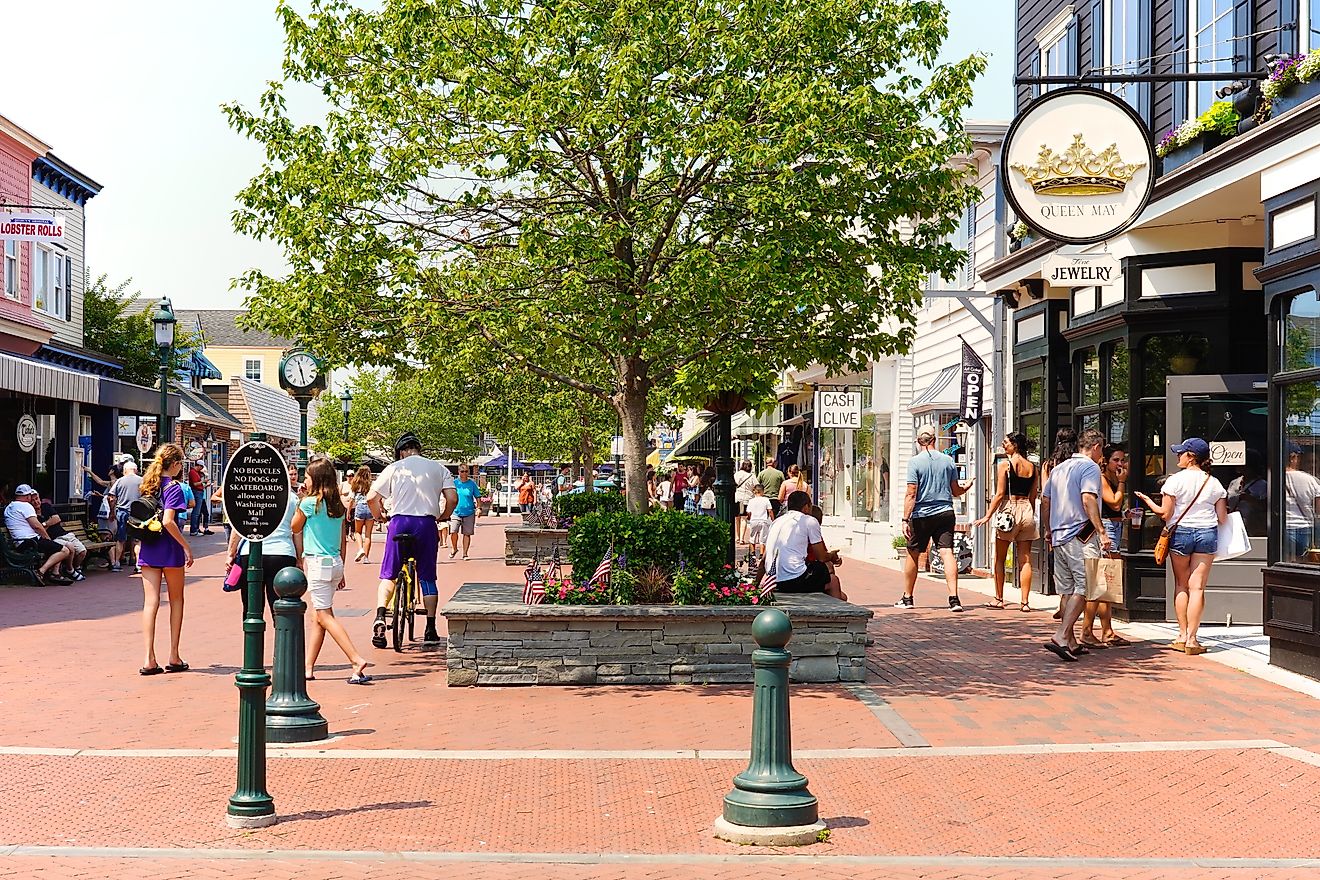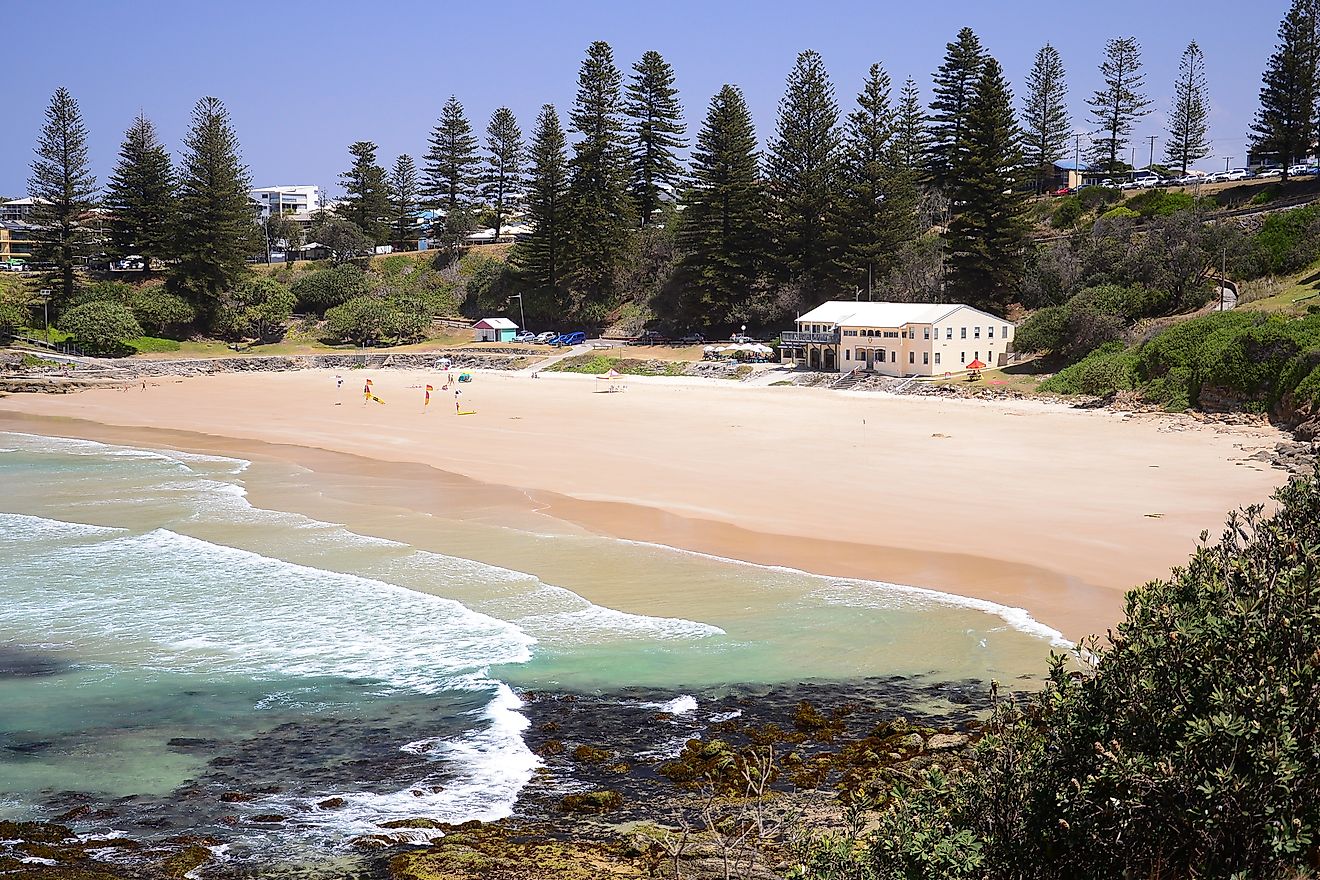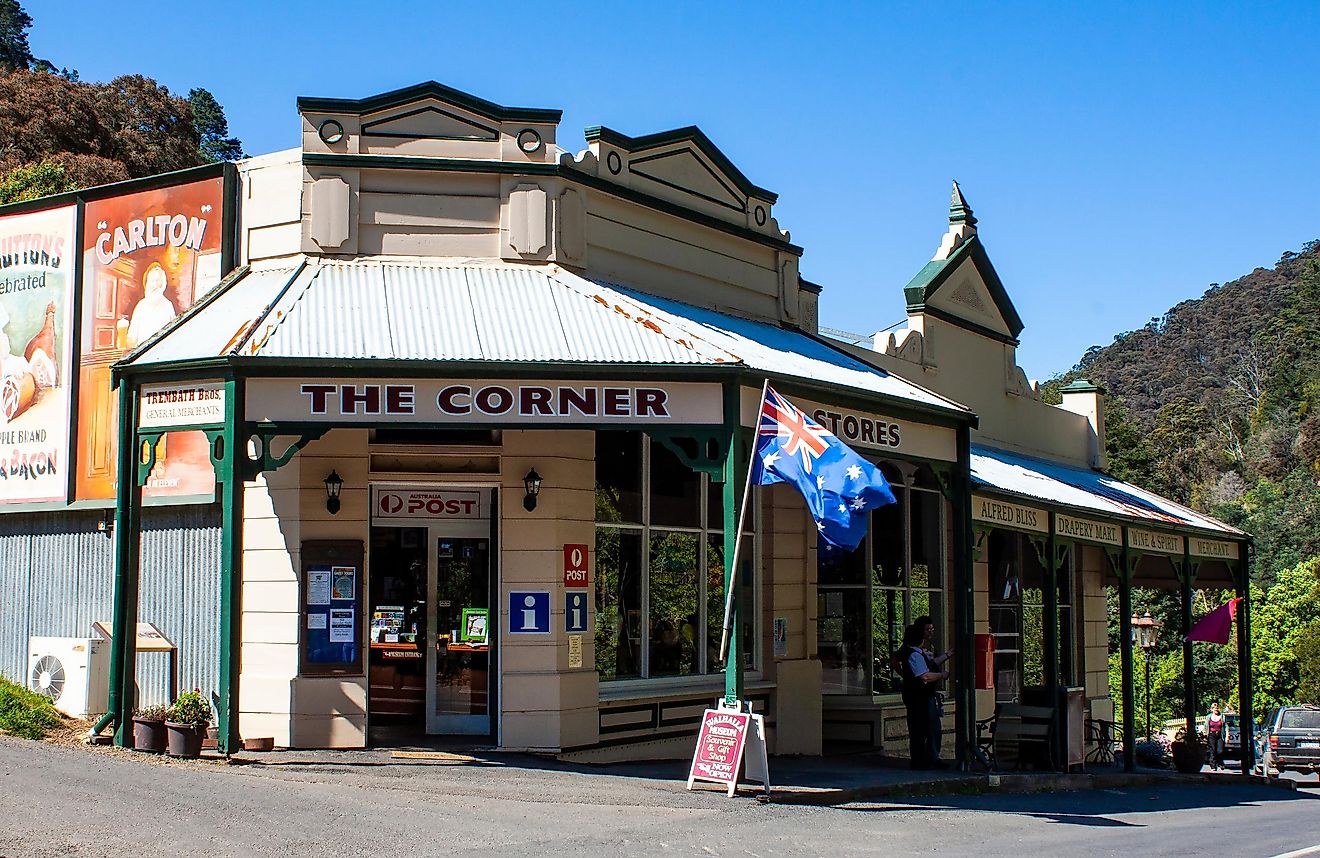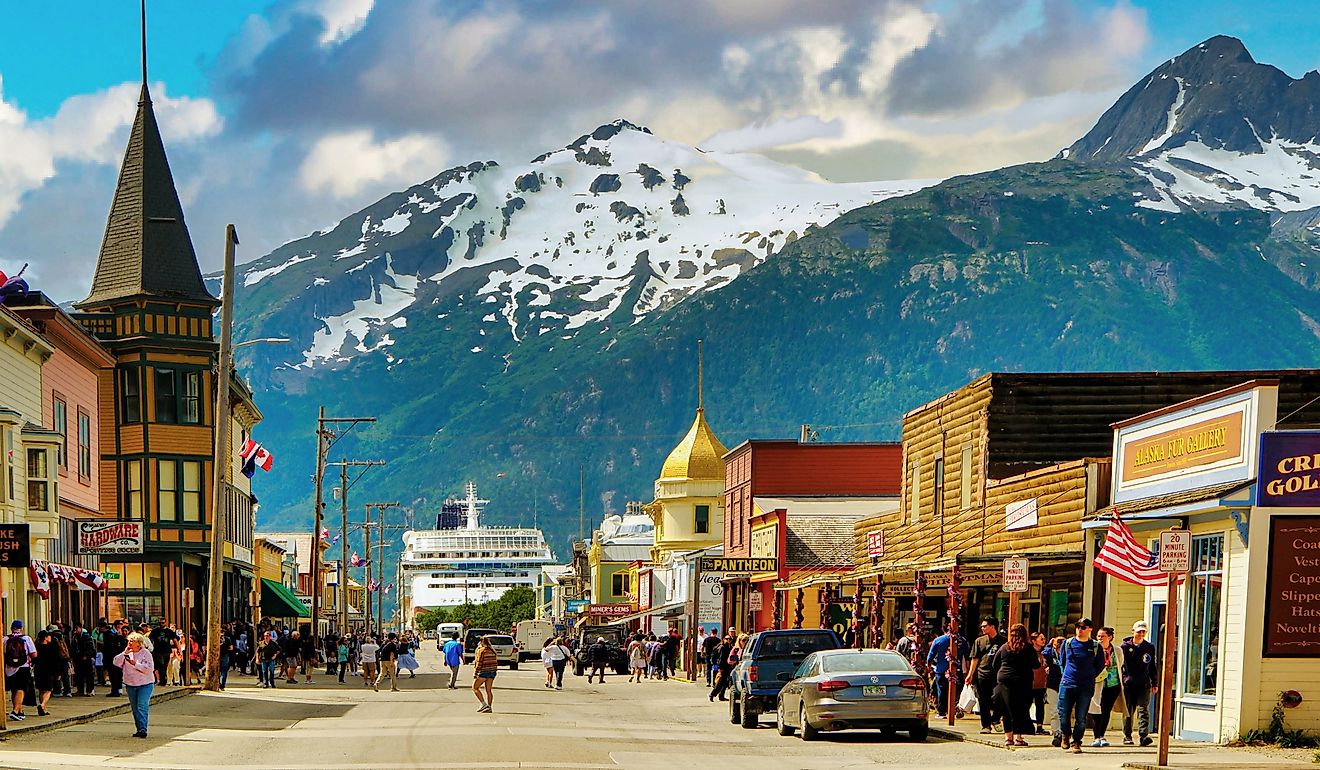
These 6 Alabama Towns Have The Best Historic Districts
From its role as the birthplace of the Confederacy to its pivotal position in the struggle for civil rights, Alabama has managed to preserve its past through its many must-visit historic districts. And the best of them are to be found in the Heart of Dixie’s most picturesque small towns. Together, these communities offer authentic glimpses into different eras of Southern history, from frontier settlements to cotton kingdoms, industrial boom towns to centers of learning. And for travelers looking for an authentic taste of Alabama's historic character, they provide the kind of intimate experiences you simply can’t find in larger destinations like Birmingham, Montgomery, or Huntsville. Find out more with this list of six Alabama towns with the best historic districts.
Eufaula

Located in southern Alabama along the Georgia border, 85 miles southeast of Montgomery, Eufaula is home to the Seth Lore and Irwinton Historic District. The second-largest historic district in Alabama with hundreds of classic old buildings now listed on the National Register of Historic Places, this remarkable combination of antebellum and Victorian-era architecture and its scenic setting has earned Eufaula the nickname "Bluff City of the South."
This sprawling historic district encompasses the oldest sections of town, including neighborhoods that once housed cotton merchants who built their fortunes along the Chattahoochee River. Pop into the Eufaula Barbour Chamber of Commerce on East Broad Street, housed in a restored 1902 freight depot, for some sightseeing tips and tactics from helpful staff.
They’ll no doubt point you in the direction of the Shorter Mansion. Completed in 1906, this stunning Neoclassical Revival masterpiece features 17 free-standing Corinthian columns and now serves as headquarters for the Eufaula Heritage Association. Guided tours are available. Ask about the annual Eufaula Pilgrimage, a tour of private homes held each April since 1965. Fendall Hall is another must-see property. Built in 1860, its rare hand-painted murals are considered among the country's finest 19th-century interior artwork.
Marion

Marion sits in Alabama's Black Belt region (so named for its dark fertile soil) 85 miles west of Montgomery and boasts four historic districts on the National Register: Judson College, Green Street, Marion Courthouse Square, and West Marion. Together, they encompass 280 contributing properties that chronicle the town's significance in Alabama’s history.
Marion Courthouse Square Historic District is located downtown and centers around the Perry County Courthouse. Built in 1855 in Greek Revival style, it survived the Civil War unscathed and continues serving its original government function. Surrounding commercial buildings date from the 1830s through early 1900s, forming one of Alabama's most intact antebellum town centers. The district also includes the site where The Alabama Baptist newspaper published its first issue on February 4, 1843 (it’s still going strong).
Green Street Historic District contains 13 lovely antebellum homes, including the elegant Governor’s House. Also check out the Italian-detailed Magnolia Hill (1847) and Gothic Revival Howze-Woodfin House which represent unusually elaborate architecture for the region. Make sure you leave a little time to explore Marion Military Institute's campus. One of America's oldest junior military colleges, it’s home to a number of historic structures including The Chapel and Lovelace Hall, as well as the President's House with its Federal Revival architecture.
Mooresville

Alabama's oldest incorporated town, Mooresville is located between Huntsville and Decatur and is a must-visit if you’re interested in the state’s early history. Chartered in November 1818 and predating Alabama’s statehood by over a year, the entirety of this village-like community has been designated a National Register historic district, earning its nickname "Alabama's Williamsburg."
Despite its population of fewer than 80 residents, Mooresville preserves an extraordinary collection of early 19th-century buildings along its few streets. The Stagecoach Inn and Tavern (circa 1821) stands as Alabama's oldest public frame building and served dual purposes as lodging and post office until 1840. That’s when the “new” Mooresville Post Officewas built. Alabama's oldest continuously functioning post office (and one of the oldest on the country), it still features call boxes dating from before the Civil War that have been owned by the original families for over 160 years.
Other historic buildings include the Mooresville Church of Christ, built in 1854 and where future President James A. Garfield preached in 1863 while stationed nearby as a Union general. The even older Brick Church from 1839 is a popular wedding spot.
Fort Payne

Situated in northeastern Alabama's Big Wills Valley between Sand Mountain and Lookout Mountain, Fort Payne is known as the "Sock Capital of the World" and at one time was home to around 150 sock mills. While this number has dwindled to 20 today, the hosiery industry that contributed greatly to the town’s prosperity is a major factor in its now being home to three National Register historic districts.
The Fort Payne Boom Town Historic District reflects the period from 1889-1893 when the discovery of coal and iron deposits attracted New England investors, causing the town’s population to explode from 500 to nearly 2,700 residents in just two years. Five key structures survive from this era, including the Romanesque Revival Alabama Great Southern Depot, now Fort Payne Depot Museum; the pink sandstone Fort Payne Opera House; and the former Fort Payne Coal and Iron Company headquarters.
The Fort Payne Main Street Historic District developed during the 1920s-1940s as the town’s commercial center shifted southwest from the original boom town area. Notable structures here include the former Post Office from 1936 and the Fort Payne City Hall from 1941.
Fairhope

Set high on bluffs overlooking Mobile Bay and just 10 miles south of Spanish Fort, Fairhope combines its unique founding as a utopian Single Tax colony with preserved architecture spanning from the 1890s through to the 1920s. While the city doesn't have one formally designated historic district, its downtown and surrounding neighborhoods feature numerous structures listed on national and state registers.
Founded in 1894, Fairhope began as an experiment in "cooperative individualism" aimed at creating a model community free from private land monopoly. The Fairhope Single-Tax Corporation still operates today with 1,800 leaseholds covering 4,000 acres, making it one of only two such communities still functioning in America. The Fairhope Museum of History occupies a 1928 Spanish Mission-style building and chronicles this fascinating origin story through exhibits and artifacts.
The historic downtown centers along Fairhope Avenue, which descends from the business district down to the municipal pier and park on Mobile Bay. Notable buildings include preserved storefronts housing establishments like Page & Paletteand The Book Inn bookstores. Cultural attractions include the Marietta Johnson Museum which preserves the legacy of her progressive School of Organic Education founded in 1907.
Montevallo

Centrally located 30 miles south of Birmingham, the college town of Montevallo consists of the University of Montevallo Historic District and Downtown Montevallo Historic District. The first encompasses structures spanning the institution's evolution from Alabama Girls' Technical Institute (founded 1896) through its current status as a public liberal arts university. King House, predating the college, received Alabama's first pane glass windows and now serves as guest lodging, while Reynolds Hall is notable for its fine antebellum flourishes.
The Downtown Montevallo Historic District, though smaller with 30 buildings, is still worth a wander for its commercial heritage buildings including the Bob Reid Ford/Montevallo Motors building from 1925. On the outskirts of the village, Shoal Creek Park preserves the 1834 Perry Hall on its 167-acre grounds with its many walking trails.
The Final Word
There’s no doubt Alabama’s small towns are where you’ll find some of the South’s most interesting historic districts. From Eufaula's elegant antebellum homes to Mooresville's frontier vibes, each community is a unique chapter in Alabama's origin story. For a truly authentic Southern experience, be sure to include these six Alabama towns’ historic districts in your travel plans.
